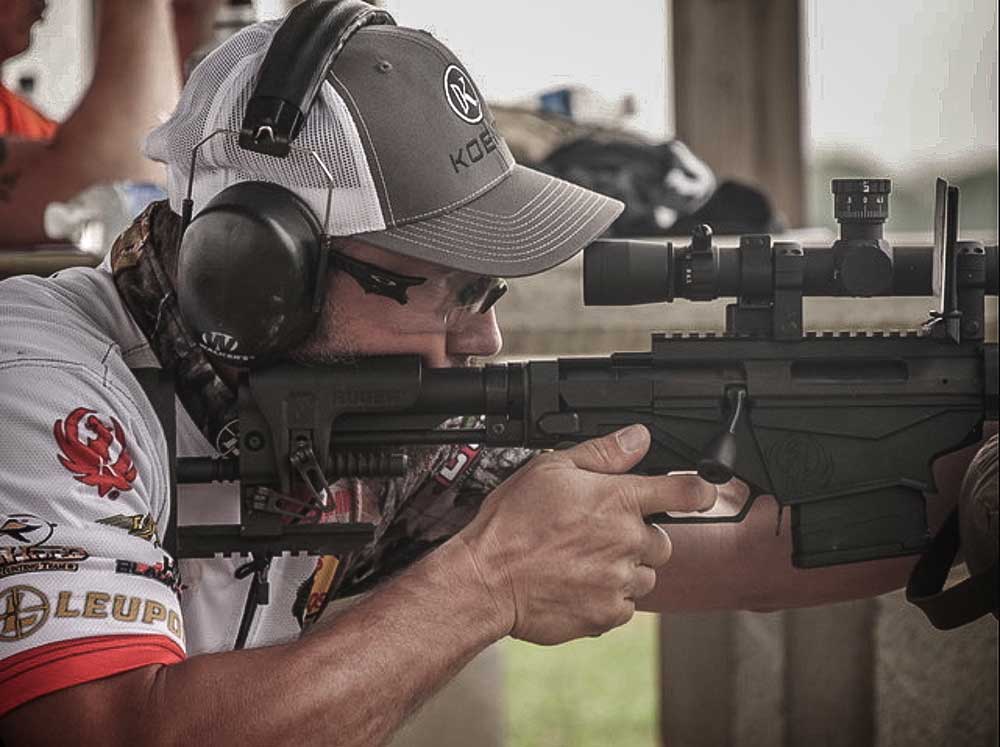So, I think I owe all of you who commented an update and a couple of photos. Based on the comments on this thread, I focused on positioning my rifle so the natural point of aim was on the bull and then focusing on pressing the trigger straight back with the pad of my finger tip. Here are two targets. The first shows test loads of 150 gr TTSX with six different charges of IMR 4831.
View attachment 1037116
These were fired "round robin." I fired one round from each test charge, then the second round from each, etc. I waited at least 5 minutes between shots and cleaned the rifle between each firing to minimize variables that could be affecting group size. The three light charges (labeled "3", "4", and "5") have elongated groups with 3 and 5 having a lot of horizontal spread. The groups tighten up as the powder charge gets heavier and the three heavier charge loads have "roundish" group shapes. The heaviest charge (labeled "8" on the test target) had the smallest three shot test group measuring right at 1" max spread. Since I fired these round robin, I don't think that the weird shape of the light charge loads was the result of my shooting.
I then loaded up 32 rounds (because that's how many prepped brass I had) of the heaviest charge. I went to the range today to sight in with that load for hunting next week. Here is the target.
View attachment 1037118
Top left is the first shot sighter. I adjusted the crosshairs from the bull to the hole. The three shot group in the center measures 3/4" max spread! I'm quite happy with that. That's two 3-shot groups in a row (the only groups I've fired with this load) that are inside of 1". That's from a stock Ruger Hawkeye. This rifle has been picky with bullets, but it loves Barnes bullets over a max/near max charge of IMR 4831.
The upper right hole is after a couple clicks of windage adjustment. I would have liked to continue adjusting the windage, but I get tired firing too many rounds from the .300WM in one sitting. I also didn't have a lot of time today (work tends to get in the way of fun). In any case, it looks like my windage is now 1/4" to 1/2" off at 100 yards and I've only ever taken one shot on game beyond 200 yards, so good enough for now. These are sighted in a little less than 1.5" high at 100 yards, so I should be just about zeroed at 200.
Bottom left hole is one shot to confirm my Savage Axis II in .25-06 is still ready to knock em dead with 100 gr Partitions. I always take a back up rifle to hunting camp.
Thanks to everyone for the tips on how to improve my shooting.







